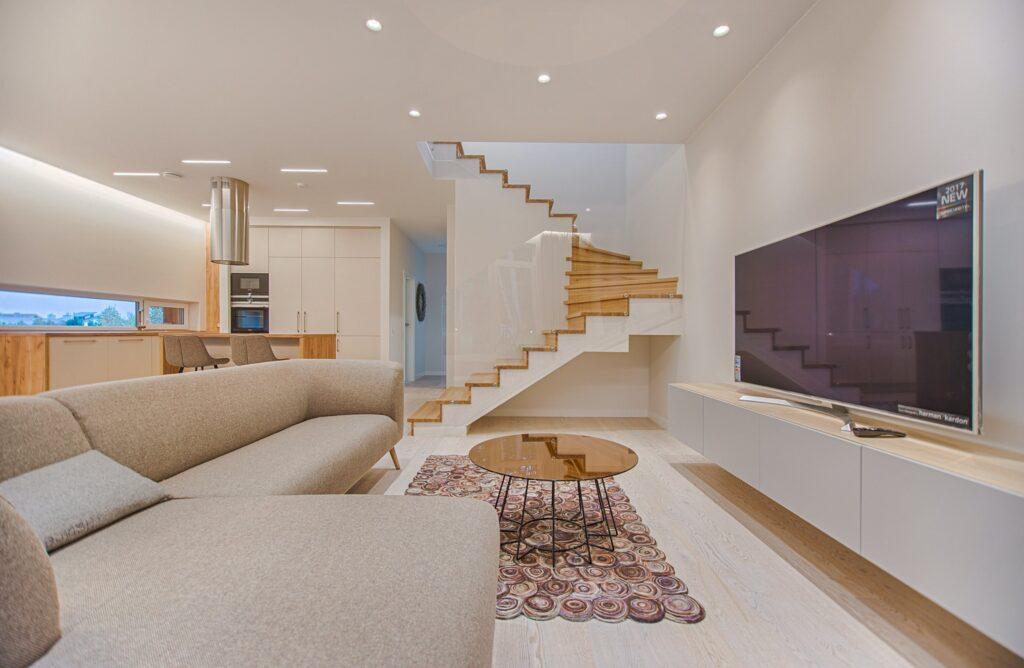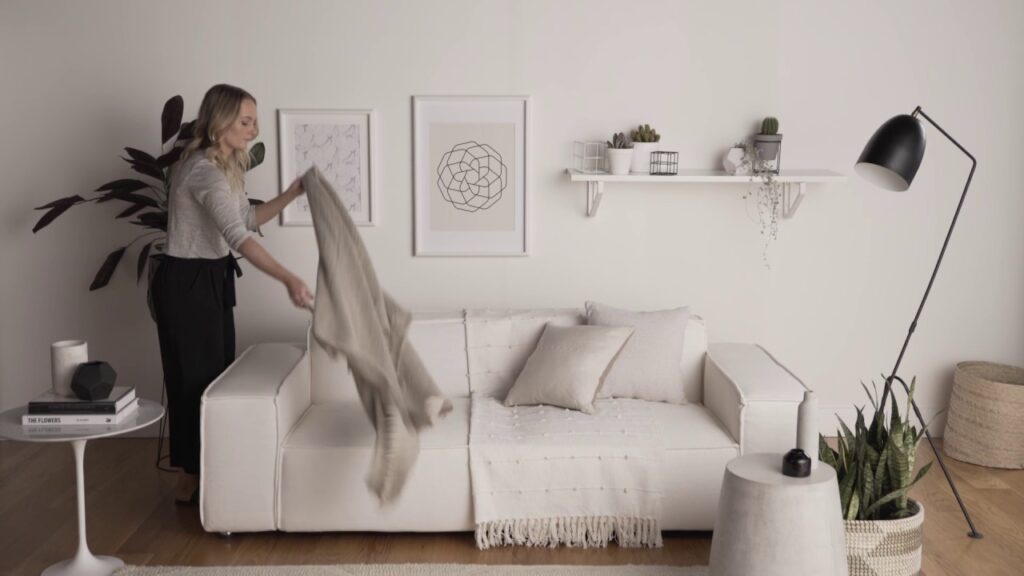Mismatched living room furniture is a trend that’s growing in popularity. It provides a unique, personalized touch to your home while showcasing your personality and style. However, getting the right mix and match requires an understanding of certain principles and strategies.
Here, we’ll delve into the tasteful world of mismatched living room furniture:
- Embracing the Mismatched Trend: This signifies the departure from traditional matching furniture, welcoming a creative and unique setup.
- Guiding Principles: Mismatching your furniture doesn’t mean ignoring principles of design; balance, proportion, and unity play crucial roles.
- Different Fabrics and Textures: Incorporating diversity in material choice adds depth and interest to your living space.
- Choosing Colors Strategically: Use color to establish a sense of harmony among mismatched pieces.
- Cohesion in Mismatch: Strive for a cohesive feel by ensuring all pieces relate to at least one other piece in some way.
- Sentimental Pieces Revival: Mismatched furniture allows you to showcase those heirloom or sentimental pieces effectively.
- Mismatched Wooden Furniture Harmony: Mixing different wood types can lend a sophisticated, layered look if done with care.
The concept of mismatched living room furniture offers an innovative approach to home design that intertwines personal style with interior design principles.
Navigating the Mismatched Furniture Trend
Evidently, the trend towards mismatched living room furniture is far from haphazard chaos; it involves a lot more than simply throwing together disparate pieces.
With due consideration given to color, texture, and balance, a mismatched scheme can create a stylish, warm, and inviting living space.
The key is not to fear experimenting. Keep trying different arrangements until you hit upon one that feels right.
Contents
- Embracing the Mismatched Furniture Trend
- Principles Guiding Mismatched Furniture Arrangement
- Incorporating Different Fabrics and Textures
- Strategy for Choosing Colors
- Security in Change: Reimagining Living Spaces
- Cohesion and Balance in Mismatch
- Reviving Sentimental Pieces
- Maintaining Harmony with Mismatched Wooden Furniture
- Embrace the Eclectic
Embracing the Mismatched Furniture Trend
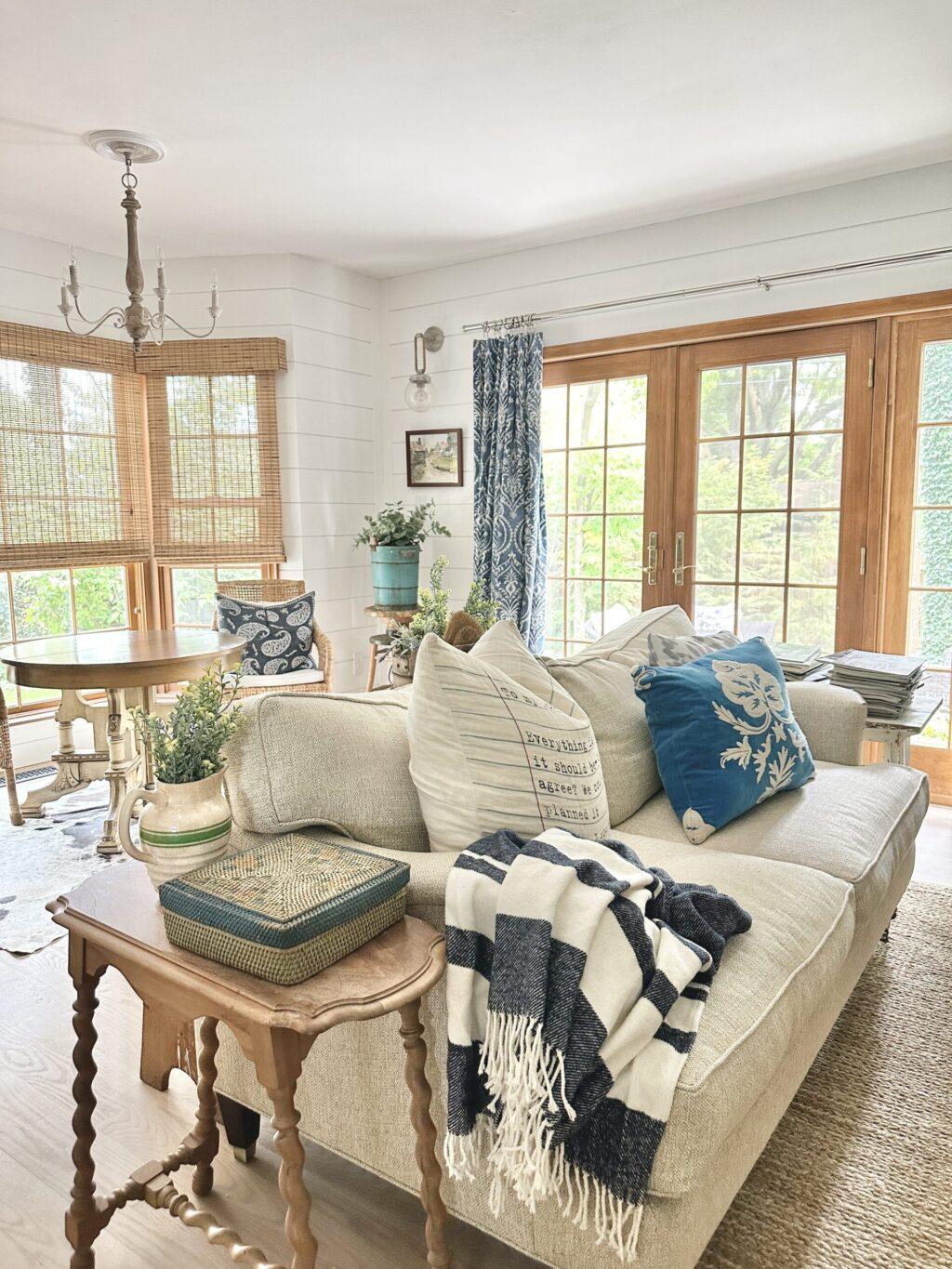
I remember when redecorating a room meant coordinating every single piece of it from curtains to accessories, in a quest for perfect harmony.
However, the trend has significantly shifted, and now it’s not about matching everything perfectly, but showcasing your unique personality.
Heritage and Personal Collection
Every item of furniture reflects a story, perhaps a part of your heritage or mementos from travels.
These items give your living space its character, its identity.
The Appeal of Mismatched Furniture
Mismatched furniture is more than just a design trend. It is a testament to your individuality and style.
This trend gives you the freedom to mix traditional with modern, old with new, simple with complex.
Making Mismatch Work
Achieving a beautifully mismatched living room doesn’t just happen. It requires thoughtfulness and an eye for design.
Paying attention to scales, proportions and color palette can help you create a harmonious mismatch.
Individuality Over Coordination
Instead of focusing on coordination, choose objects that reflect who you are.
Your living room should be an extension of your personality, narrating your life story through pieces of furniture.
Principles Guiding Mismatched Furniture Arrangement
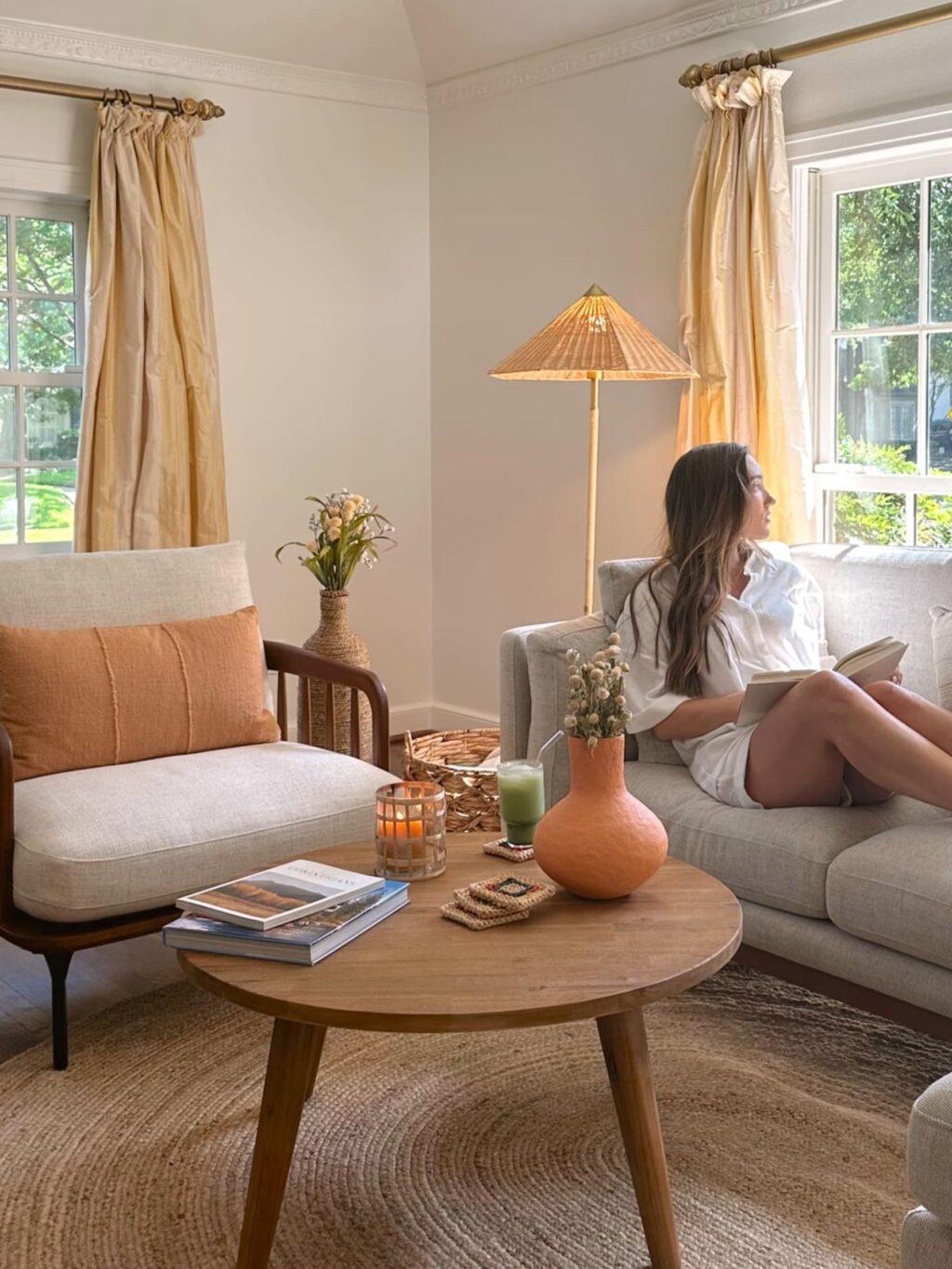
There’s a subtle art to arranging mismatched furniture. It requires a keen eye and clever techniques to strike a balance between disparate pieces, creating a cohesive yet varied aesthetic.
The key is paying attention to details. For instance, combining furniture with distinct features such as leggy pieces and tables with no legs can produce visually appealing contrasts. This style hack ensures your space doesn’t look too monotonous.
Besides, achieving balance is vital in emanating harmony in your living room. Spread the visual weight evenly across the room so that no particular area feels too heavy or bare. You can accomplish this by combining different items to counteract large pieces.
| Technique | Description | Example |
|---|---|---|
| Pair different styles | Combine varying pieces with focus on their distinct attributes | Pair a leggy sofa with a slate-covered table |
| Balance Visual Weight | Distribute items evenly across the room | Place two chairs alongside a sofa |
| Anchor with Rugs | Use rugs to define spaces within the room | Ensure front legs of furniture are on the rug |
| Rearrange Smaller Pieces | Adjust placement of smaller furniture for fresh feel | Move side chairs or coffee tables around. |
| Rehang Wall Art | Tweak art arrangements for new aesthetics | Create a formal, symmetrical look with artwork. |
| Table 1: Principles of Mismatched Furniture Arrangement | ||
Rugs play a pivotal role in defining and anchoring spaces within the room. Placing at least the front legs of your furniture on a rug can unify the pieces, lending a well-curated look to your setting.
Another strategy involves regularly rearranging smaller furniture pieces. This shifts the room’s dynamics and revives it without needing large-scale modifications. For example, moving side tables or lamps around can make a significant difference.
Lastly, don’t forget about wall art. Experimenting with different arrangements can immediately update your room’s aesthetics. Homedit offers some fantastic tips on this.
Incorporating Different Fabrics and Textures
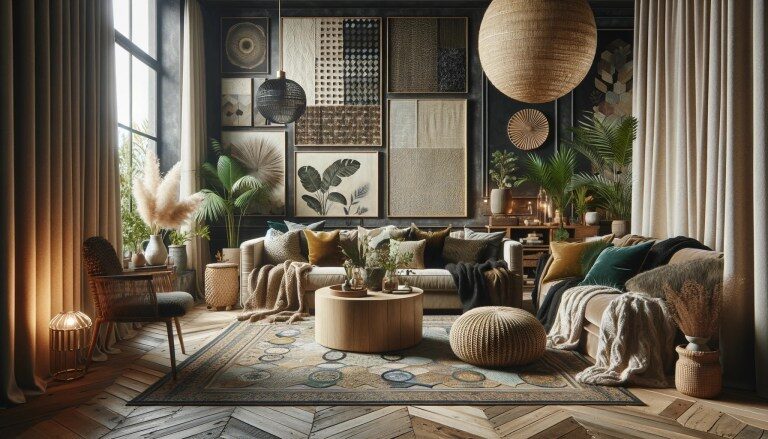
Mixing different fabric textures can create a unique, eye-catching living room. This approach allows the textures to take center-stage.
When selecting fabrics, aim for variety but balance. For example, you might pair a lush velvet sofa with a sleek leather armchair.
The key here is subtlety in pattern. Make sure the patterns don’t compete with the textures. Let the textures shine by keeping patterns low-key.
You might be wondering how to strike that perfect balance between texture and pattern. Well, it’s simpler than it sounds.
“Ramping up on texture while staying low on pattern creates a subtle interest, allowing the textures to be the focal point.”
This tip can guide you when selecting furniture pieces for your living room. Remember, creating a visually appealing room doesn’t mean overdoing it.
You can also utilize color to enhance the effect of different textures. Monochromatic schemes work very well in such scenarios.
To sum up, mixing textures requires a thoughtful approach. But when done right, it can make your living room stand out.
So next time you’re looking at furniture, consider the texture. It might just be the refresh your living room needs!
Strategy for Choosing Colors

Creating a harmonious color scheme for mismatched furniture involves a mix-and-match approach. Don’t seek to find perfect matches, instead consider building a collage of complementing shades.
- Pick inspirational material: Gather paint chips, fabric scraps, or even colored paper. Let these assorted items guide you in creating your desired palette.
- Look inside your closet: Your wardrobe is likely filled with colors that resonate with you. Draw inspiration from these shades as they form part of your visual vocabulary.
- Judicious use of pop colors: Bold and bright colors can make a statement but should be used sparingly so as not to overwhelm the space.
- Maintain balance: Introducing bold hues requires balancing them out with softer or neutral tones like beige, gray or white. This creates harmony and prevents a chaotic feel.
If you’re using more subdued shades, consider adding a dash of bold color to keep the room lively yet balanced.
Trust your guts when creating your color scheme. If the combination feels right to you, chances are it’s an excellent blend. Don’t shy away from experimenting until you strike the right balance that feels harmonious and truly reflects your style. It might take some time but with patience, you can create a colorful ambiance that ties your home together beautifully.
To learn more about this topic, you can explore this helpful resource on how to pick a color palette.
Security in Change: Reimagining Living Spaces

Living spaces are undergoing transformative changes. In a scenario akin to the phoenix rising from the ashes, empty office buildings are blossoming into multifamily homes, breathing new life into urban landscapes.
According to Forbes Business Council, over 55,000 such repurposed homes are set to mushroom this year, a spurt continuing a four-year trend.
An Unorthodox Solution
The structure of these spaces allows for easy conversion into residential areas. Their design, which includes offices and meeting rooms, is ideal for creating shared workspaces.
Multifamily operators have been smart in utilizing these resources to offer coworking facilities.
Amenities and Adjustability
Coworking spaces need to cater to remote workers’ needs. High-speed internet access and 24/7 entry manageability are amongst the top requirements.
Such spaces don’t just require technical assets. They must also provide quiet corners for video calls and open areas for collaborations.
Coworking: A Real Estate Stimulant
In the sphere of multifamily real estate, coworking spaces are influencing success paths. They form an integral part of new designs and renovation projects alike.
Whether urban or suburban, multifamily spaces today aim to include significant coworking aspects. This is a vital ingredient stimulating rent growth and renewals.
Cohesion and Balance in Mismatch

Creating a harmonious atmosphere using mismatched furnishings can quite the design challenge. However, when done right, the result is an eclectic living space with unique charm.
We all know matching furniture sets are a thing of the past. The current trend leans towards individualistic style radiating character and personal flavor.
- Different yet complementary: Just as in music, harmony can be achieved by playing different notes that complement each other.
- Unify through color: Use a consistent color palette to connect mismatched pieces.
- Vary shapes and sizes: Mix tall, short, broad, or narrow items for visual interest.
- Maintain balance: Balance heavier pieces with lighter ones to avoid overwhelming any area of the room.
The idea is to create a visually interesting room that tells your story. Anant Ambani and Radhika Merchant’s lavish wedding serves as an inspirational example of how contrasting elements were successfully married together to create a memorable event.
Consider a home revamp akin to Meghan Eisenberg’s renovation of the century-old LA Craftsman. She managed to bring modern comfort while preserving the vintage aura, creating a seamless blend of old and new.
A stunning example of mismatched furniture is found in Sebastian Zuchowicki’s West Village pad. He stunningly repurposed older pieces to provide warmth and charm to his work-from-home setup. This resourceful approach not only saves money but also adds character to your space.
It’s essential to respect your limitations and choose mismatched pieces that reflect your personality. Just like green bathroom ideas vary from soothing sage paint to moody moss-toned tile, your mismatched furniture should represent different aspects of your style.
In the end, creating cohesion and balance with mismatched furniture is like curating a personal art collection – each piece should be worthy on its own while adding to the overall aesthetic of the space.
Reviving Sentimental Pieces
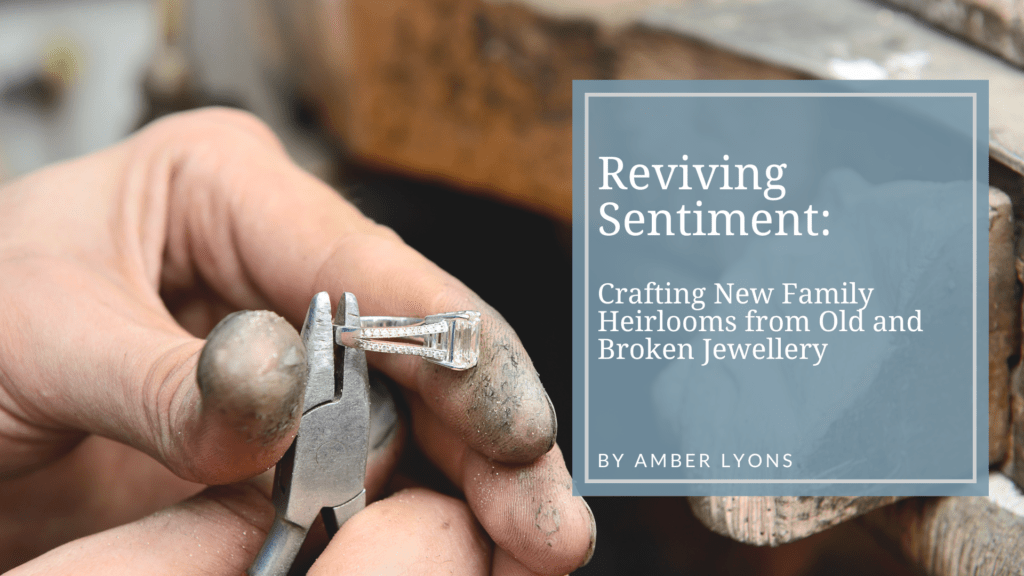
Reviving cherished pieces can be a heartening task, one that combines nostalgia with practicality. To ensure effective revival, some essential points are suggested by Ann Lightfoot and Kate Pawlowski.
First, it’s not always the physical item that matters, but the memory it embodies. If an item holds sentimental value but has outlived its utility, you can still keep the memory alive. A simple way to do this is by photographing the item or jotting down the story associated with it.
Secondly, create a ‘Maybe’ box for those items you’re unsure of. Assign a future date for review. If the item isn’t missed when the review date arrives, it might be time to let go.
| Sentimental Item Handling Strategies |
|---|
| 1. Keep the Memory, Not the Item |
| 2. Create a ‘Maybe’ Box |
| 3. Display, Repurpose or Donate |
| 4. Practice Gratitude and Letting Go |
| Figure: Effective strategies to manage sentimental items |
The strategies above are ideal for handling sentimental items effectively.
Next, consider displaying your treasures creatively or look for ways to repurpose them. If an object could benefit someone else more, consider donation as an option.
Lastly, acknowledge the impact of these items on your life and express gratitude towards them. Embracing the past while making room for new beginnings can help declutter your space physically and mentally.
For more insights on this topic, do visit this resourceful article I came across recently.
Maintaining Harmony with Mismatched Wooden Furniture
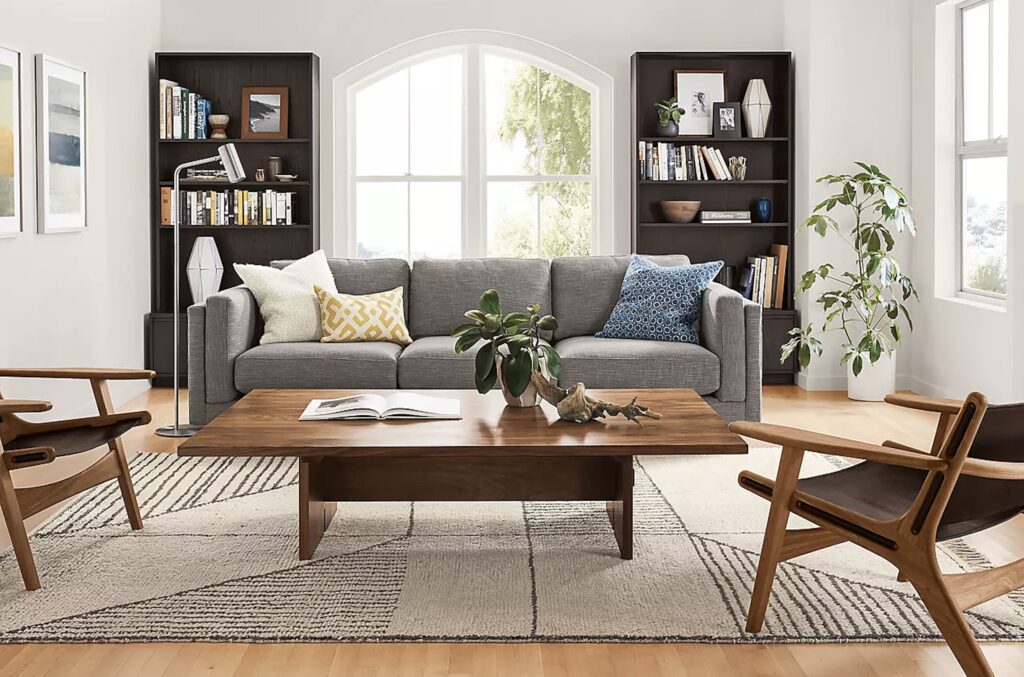
Embracing mismatched wooden furniture can give a unique edge to your living room, but maintaining harmony is key. Contrasting tones and grains can invigorate your space.
Natural wood colors act as neutrals, making them easy to incorporate into any color scheme. They can be adapted to match your design preferences whether you love rustic appeal or modern aesthetics.
Reclaimed wood feature walls, for instance, can serve as beautiful focal points in open concept homes. Pairing them with furniture in complementary wooden tones creates a warm, cohesive atmosphere.
- Live Edge Wood: Naturally-shaped countertops or tables add organic charm. Combined with modern wooden pieces, they lend a boho feel to the space.
- Contrasting Colors and Textures: Mismatched wood pieces introduce visual depth and interest. Accessories and furniture in different tones fit together effortlessly.
- Different wood accents: They bring warmth to spaces with neutral color schemes and make rooms appear larger.
DIY enthusiasts may enjoy creating their own wood feature walls. Using different shades of stain on plywood planks can result in charming modern farmhouse vibes.
Rustic wood accents interspersed in a modern white kitchen setup can create striking contrasts. Rough-hewed ceiling beams and sliced wood slab bar stools are great additions.
Bold black walls combined with varied wood tones can add an edgy appeal to living rooms. This is optimal for those who appreciate classic midcentury furniture designs.
Lastly, don’t shy away from pairing cool and warm wood tones together. Balancing them intuitively in a space can create captivating results.
Embrace the Eclectic
Mismatched living room furniture unlocks a world of unique, artistic expression. By combining diverse textures, colors, and styles, you create a space that’s truly personal, brimming with character and charm. It’s not about uniformity, but celebrating individuality, making your living room an engaging, comfortable space that reflects your personality and taste.









